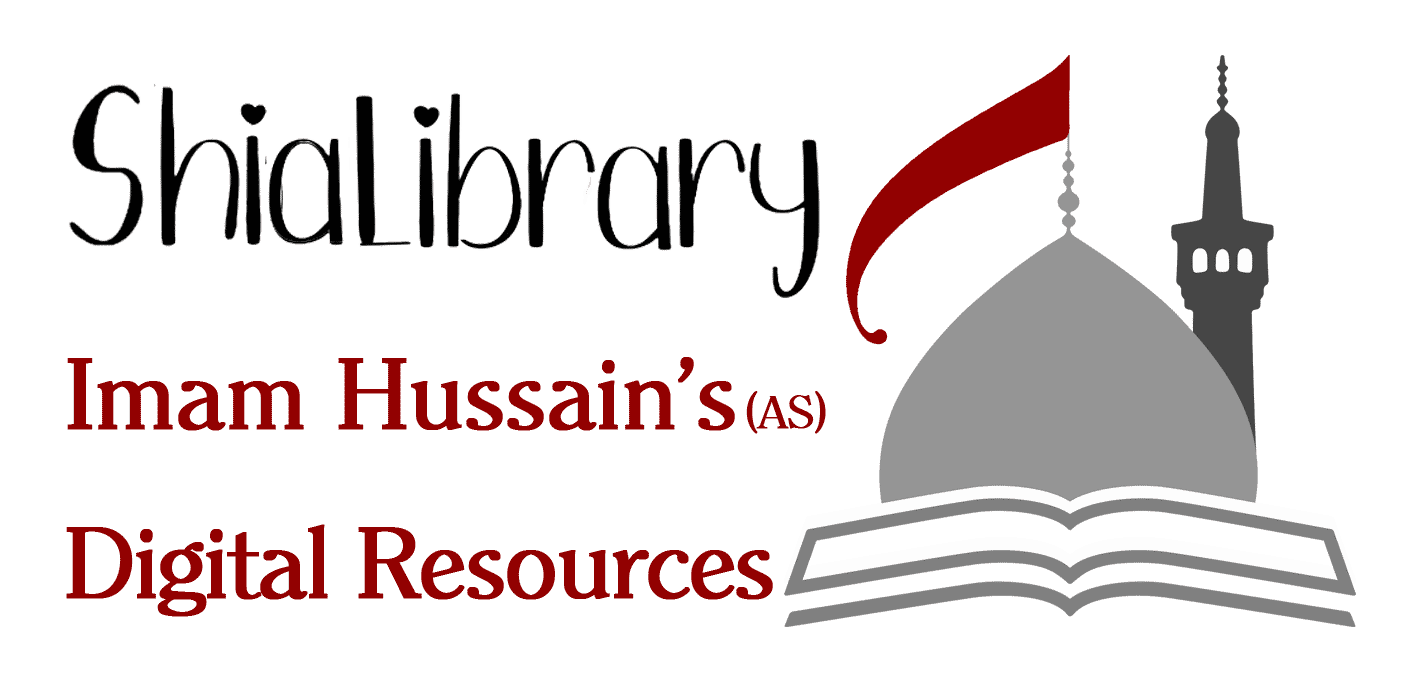Discourse on the Enemies’ Cultural-Intellectual Infiltration in the Age of Amir al-Mo’menin Ali (AS)
گفتمان کاوی جریانهای نفوذ فکری ـ فرهنگی دشمنان در عصر امیرالمؤمنین علی(ع)
چکیده: The infiltration of the enemies in the Muslim land and thought has a long history in Islam. Enemies, because of their arrogance, considered all the levels of other powers unfavorable and through adopting appropriate strategies of hard or soft warfare have tried diverting their path and then overthrow the discourse of truth. What can pave the way for understanding many of the political currents in the history of Islam and discovering the enemies’ tactics for infiltrating Islamic society, therefore, is identifying the dominant and defeated discourses of both right and wrong fronts. Among the research methods, that of “Pedam discourse analysis” is effective in systematic understanding of history, for according to the two levels of text and hypertext analysis, it describes, receives and interprets social and political events. In this research, the authors seek to reconstruct the thought and policy of the hostile currents in the era of Imam Ali (AS) from the authentic historical reports, and, by designing a model of the infiltration of these currents, study the behavior of the enemies of that Imam (AS). Based on these results, the strategy of the enemies to infiltrate Islamic society was wave-making, widespread propaganda attacks, political uproar, deception of the mass, false sanctification, and abuse of people’s ignorance. نفوذ بیگانگان و دشمنان در سرزمین و فکر مسلمانان، سابقه ای به وسعت تاریخ اسلام دارد. دشمنان جبههی حق به دلیل احساس استعلاء و خودبزرگ بینی، همترازی قدرتهای دیگر را برای خود ناپسند دانسته و کوشیدهاند با اتخاذ راهبردهای مناسب جنگ سخت یا نرم، در مسیر حرکت آنان انحراف ایجاد نمایند گفتمان نهضت حق را ساقط کنند. بر این اساس، آنچه میتواند راهگشای فهم بسیاری از جریانات سیاسی تاریخ اسلام و کشف تاکتیکهای جبههی دشمن برای نفوذ در جامعه اسلامی باشد، شناسایی گفتمانهای غالب و مغلوب جبهههای حق و باطل است. در میان روشهای پژوهش و تحقیق در گزارشها، روش «تحلیل گفتمان پدام» در فهم نظاممند از تاریخ بسیار مؤثر است چراکه با اتکاء به دو سطح عمدهی تحلیل متن و فرامتن، به توصیف، دریافت و تفسیر رویدادهای اجتماعی و سیاسی میپردازد. نگارندگان در این تحقیق کوشیدهاند تا بر اساس این روش، اندیشه و سیاست جریانهای متخاصم حاکم بر عصر امام علی(ع) را از لابهلای گزارشهای تاریخی معتبر، بازسازی و با طراحی الگویی از نفوذ این جریانات، رفتارشناسی دشمنان آن حضرت(ع) را ترسیم نمایند. بر اساس نتایج به دستآمده، استراتژی عمدهی دشمنان برای نفوذ در جامعه اسلامی؛ موجآفرینی، هجمه وسیع تبلیغاتی، هیاهوی سیاسی، فریب افکار عمومی، تقدّس آفرینی کاذب و سوءاستفاده از جهل مردم بوده است.

| contributor author | مطیعی، میثم | fa |
| contributor author | عترت دوست، محمد | fa |
| contributor author | سلطانی، مرتضی | fa |
| date accessioned | 2025-03-15T10:11:16Z | |
| date available | 2025-03-15T10:11:16Z | |
| identifier uri | http://hdl.handle.net/110/23084 | |
| description abstract | The infiltration of the enemies in the Muslim land and thought has a long history in Islam. Enemies, because of their arrogance, considered all the levels of other powers unfavorable and through adopting appropriate strategies of hard or soft warfare have tried diverting their path and then overthrow the discourse of truth. What can pave the way for understanding many of the political currents in the history of Islam and discovering the enemies’ tactics for infiltrating Islamic society, therefore, is identifying the dominant and defeated discourses of both right and wrong fronts. Among the research methods, that of “Pedam discourse analysis” is effective in systematic understanding of history, for according to the two levels of text and hypertext analysis, it describes, receives and interprets social and political events. In this research, the authors seek to reconstruct the thought and policy of the hostile currents in the era of Imam Ali (AS) from the authentic historical reports, and, by designing a model of the infiltration of these currents, study the behavior of the enemies of that Imam (AS). Based on these results, the strategy of the enemies to infiltrate Islamic society was wave-making, widespread propaganda attacks, political uproar, deception of the mass, false sanctification, and abuse of people’s ignorance. | en |
| description abstract | نفوذ بیگانگان و دشمنان در سرزمین و فکر مسلمانان، سابقه ای به وسعت تاریخ اسلام دارد. دشمنان جبههی حق به دلیل احساس استعلاء و خودبزرگ بینی، همترازی قدرتهای دیگر را برای خود ناپسند دانسته و کوشیدهاند با اتخاذ راهبردهای مناسب جنگ سخت یا نرم، در مسیر حرکت آنان انحراف ایجاد نمایند گفتمان نهضت حق را ساقط کنند. بر این اساس، آنچه میتواند راهگشای فهم بسیاری از جریانات سیاسی تاریخ اسلام و کشف تاکتیکهای جبههی دشمن برای نفوذ در جامعه اسلامی باشد، شناسایی گفتمانهای غالب و مغلوب جبهههای حق و باطل است. در میان روشهای پژوهش و تحقیق در گزارشها، روش «تحلیل گفتمان پدام» در فهم نظاممند از تاریخ بسیار مؤثر است چراکه با اتکاء به دو سطح عمدهی تحلیل متن و فرامتن، به توصیف، دریافت و تفسیر رویدادهای اجتماعی و سیاسی میپردازد. نگارندگان در این تحقیق کوشیدهاند تا بر اساس این روش، اندیشه و سیاست جریانهای متخاصم حاکم بر عصر امام علی(ع) را از لابهلای گزارشهای تاریخی معتبر، بازسازی و با طراحی الگویی از نفوذ این جریانات، رفتارشناسی دشمنان آن حضرت(ع) را ترسیم نمایند. بر اساس نتایج به دستآمده، استراتژی عمدهی دشمنان برای نفوذ در جامعه اسلامی؛ موجآفرینی، هجمه وسیع تبلیغاتی، هیاهوی سیاسی، فریب افکار عمومی، تقدّس آفرینی کاذب و سوءاستفاده از جهل مردم بوده است. | fa |
| language iso | الفارسية | ar |
| language iso | Persian | en_US |
| language iso | فارسی | fa |
| title | Discourse on the Enemies’ Cultural-Intellectual Infiltration in the Age of Amir al-Mo’menin Ali (AS) | en |
| title | گفتمان کاوی جریانهای نفوذ فکری ـ فرهنگی دشمنان در عصر امیرالمؤمنین علی(ع) | fa |
| type | مقاله | |
| type | بحوث و مقالات | ar |
| type | Article | en_US |
| journal title | تحقیقات علوم قرآن و حدیث | fa |
| source Database | ISC | |
| contenttype | فقط بيانات | ar |
| contenttype | Metadata Only | en_US |
| contenttype | فراداده | fa |
| subject keywords | امام علی(ع) | fa |
| subject keywords | دشمنشناسی | fa |
| subject keywords | نفوذ | fa |
| subject keywords | تحلیل گفتمان | fa |
| subject keywords | جنگ نرم | fa |
| year publication | 1399 | |
| source Onlinelink | https://search.isc.ac/DL/Lend%20Service/LendService/Get_TitleSearchResultDetail.aspx?DTC=8&DC=1201178 | |
| pages | 38 |
